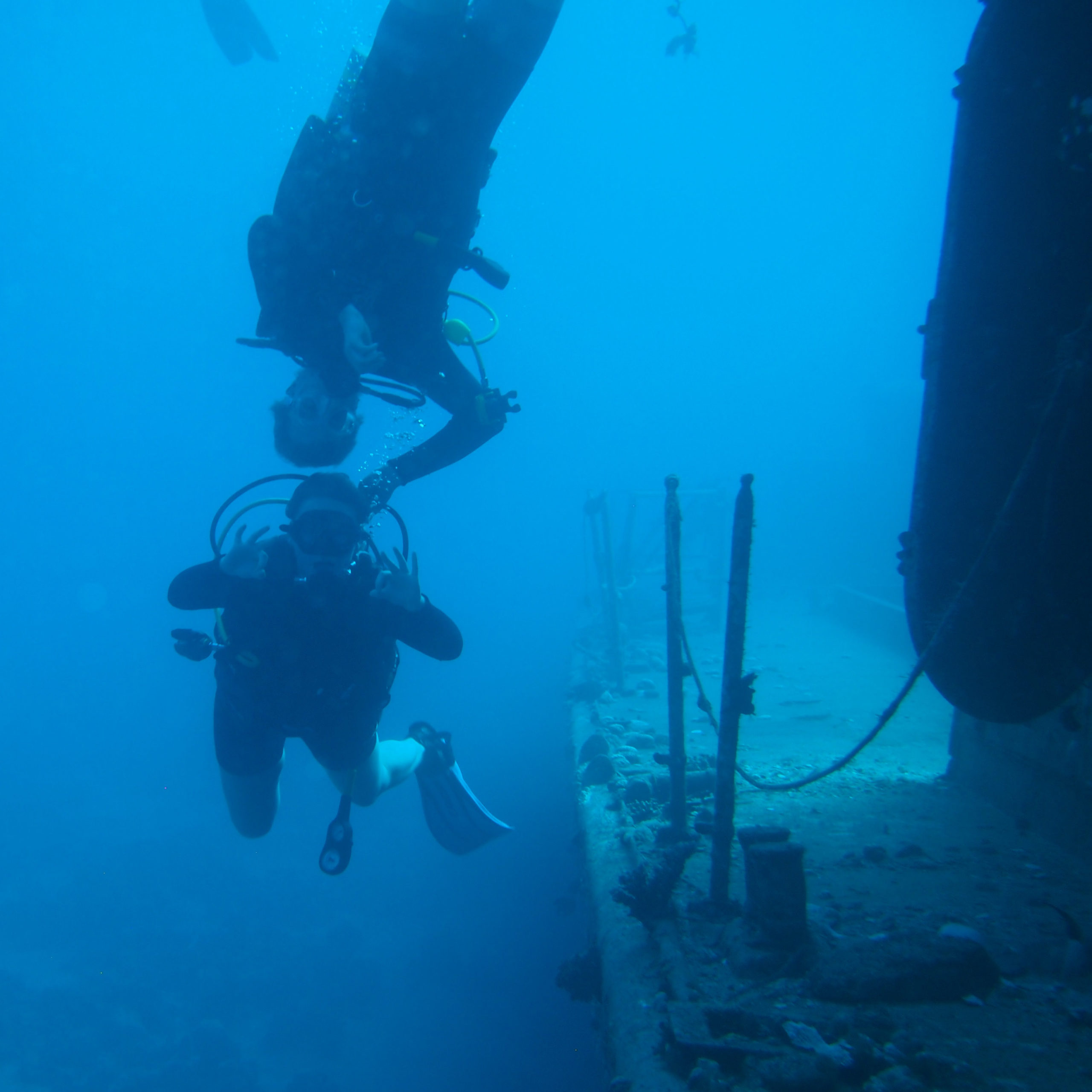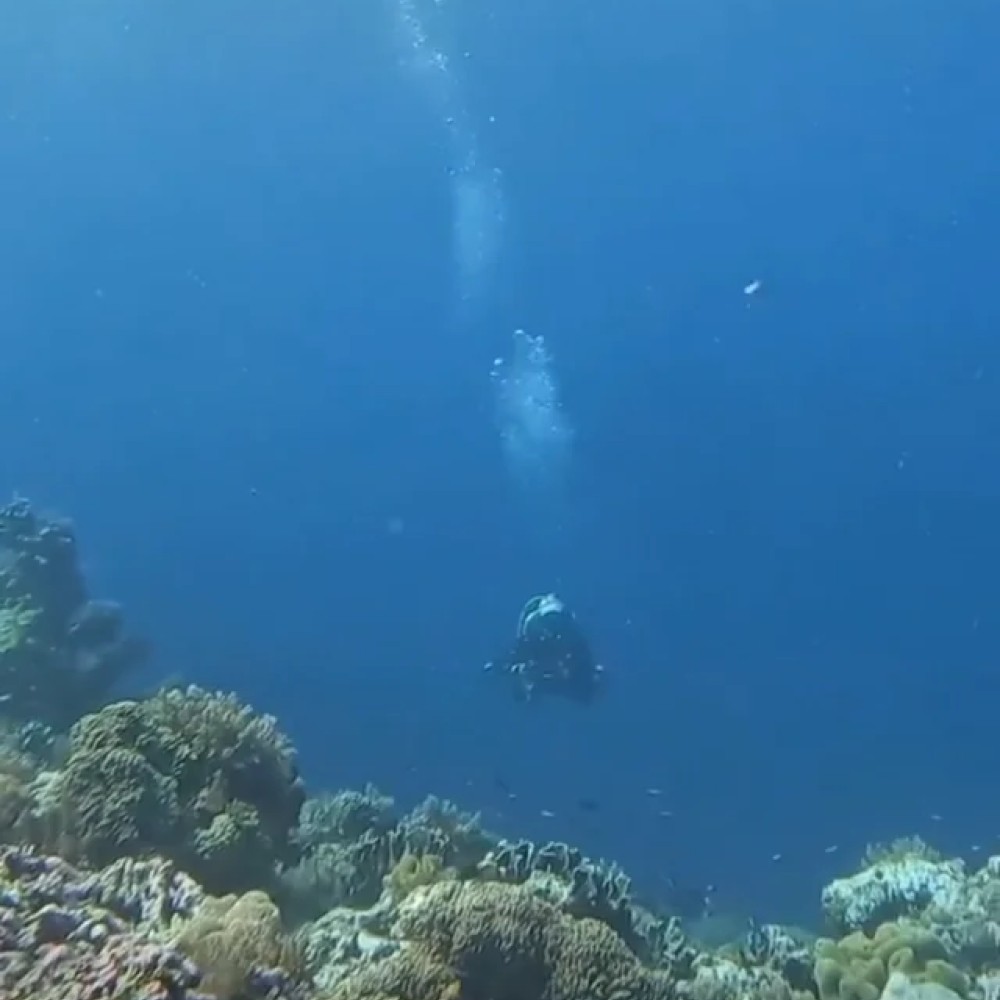
The mesmerizing beauty of the ocean often conceals the unseen dynamics at play beneath its surface. In recent video footage on TikTok, a rarely-captured occurrence came to light– an underwater earthquake, which surprised scuba divers. This rare glimpse into the hidden forces of the deep has captivated online audiences, starting discussions about the unpredictability of natural events beneath the ocean’s surface.
The Unforeseen Event
The footage captures scuba divers peacefully exploring the ocean floor adorned with coral. But the serene moment takes an abrupt turn as a powerful underwater earthquake hits. Chaos ensues as a forceful current disrupts the underwater scene, tossing divers in one direction and then yanking them in the opposite. The upheaval is vividly documented with its swirling debris, shifting currents, and divers striving for stability amid tumultuous waters. Unfortunately, the clip concludes without revealing the return to normalcy, leaving viewers in suspense.

The video’s immediacy triggered intense reactions from online spectators, who expressed shock and newfound concerns about the potential hazards of underwater earthquakes. A TikTok comment captured the sentiment, noting the user’s intent to add the prospect of being in the ocean during an earthquake to their list of anxieties. Another viewer remarked on the diver’s instinct to cling to a rock, underlining the disorienting experience of the ocean floor moving.
Acknowledging the Unpredictable
The video reportedly originates from the Banda Sea surrounding the Maluku Islands in Indonesia, an area known for seismic activity. The recorded underwater earthquake in this instance was substantial, registering a magnitude of 7.2 on the seismic scale.
The revelation that earthquakes, typically associated with terrestrial events, could significantly impact the ocean environment sparked discussions about the unpredictability of such incidents. Many admitted they had never contemplated the potential repercussions of underwater earthquakes and wondered how currents might behave during these seismic activities.